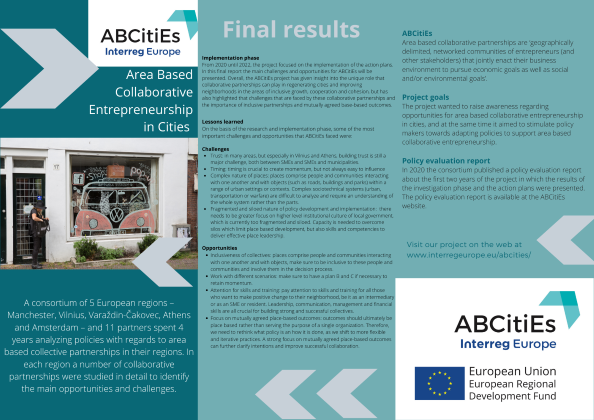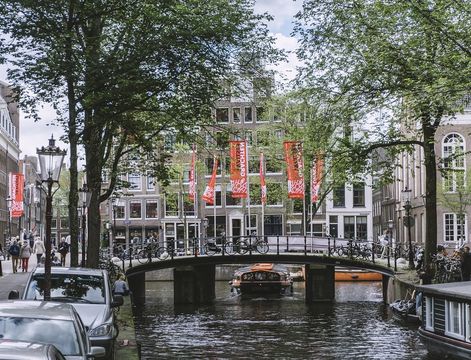By: Karen Findley and Martin Saker (Manchester City Council)/Steve Millington (Institute of Place Management)/ Dave Payne (Withington Village Regeneration Partnership)
Given under lockdown people are beginning to rediscover their locality and using centres within walking distance of their homes more often, it is timely to reconsider the role and function of smaller, and specifically district centres, in recovery planning.
With people noticing the health and environmental benefits of reduced commuter traffic, we might now reinforce such positive developments through a commitment to building stronger centres and to embed ties to localities developed during lockdown.
Restoring vitality and viability in district: the Manchester approach
The challenges facing district centres is the focus of two projects involving a partnership between the IPM and Manchester City Council, Vital and Viable Neighbourhoods and the INTERREG funded project, Area Based Collaborative Enterprise (ABCE). In particular, ABCE investigates the role of collaborative partnerships. Understanding your place and building local capacity Through the Vital and Viable project, the City installed a network of automated Springboard footfall counters in 10 of Manchester’s 17 district centres.
Through this data, we were able to establish each district centre aligned with a multifunctional footfall signature. In addition to establishing the functionality of each centre, the data also provided a measure against which to monitor the impact of interventions. Through ABCE, we conducted an additional pilot study in Withington and commissioned further analysis on the role of emerging partnerships in all ten centres where the city has placed footfall counters.
At a strategic level, the data also underscores Manchester’s decision to create a community hub in Harpurhey. The transformation of Harpurhey into a multifunctional centre demonstrates the successful application of a “community hub” in area where private development is not forthcoming. The approach taken by Manchester to fund a network of counters is highly innovative, generating hard-evidence to support decision-making. Post-COVID recovery: Withington Case Study Lockdown reinforces the need to extend and develop support for district centres.
In Manchester, with the counters still running, we were able to establish that footfall in the city’s district centres fell by 53%, compared to the national figure of 84. In Withington, for example, the independent Withington Greengrocers, Hills bakery, and a store selling package free items all report doing well. Furthermore, we are beginning to see local independent traders in district centres work together. In Withington, for example, the IPM recommended that local traders work collaboratively to form a traders association and set up a unified social media presence.
Consequently, through the ABCE project, we are now beginning to map local capacity elsewhere, by identifying key place based stakeholders, networks and partnerships across all 10 centres with footfall counters and will be providing training for Local Authority Officers in how to support emerging partnerships. Manchester City Council has now begun to apply the IPM’s Recovery Framework.
The City is now exploring the reinstatement of street cleaning, entering into discussion with local traders about social distancing in-store and in public areas outside stores, and exploring further road closures. Withington can use its access to real-time footfall data to monitor the recovery. With strong and effective local collaborative networks already in place, Withington has been able, not only to manage the impact of lockdown, but also to begin rebuilding momentum that had existed before lockdown focused on transformative change. With good relations with external partners involved in the regeneration of the centre, Withington can quickly review and augment its vision in the light of the broader impact of COVID19. Adapting district centres to manage social distancing is a particular challenge. Whereas larger centres can at least utilise unused parking rows or take out traffic lanes, this is more difficult in a smaller centre. Arguably, then it is smaller centres that need to make more extensive use of the practical guidance on temporary measures, than their larger counterparts Words of warning These positive developments, however, are muted.
So far, it is not yet known precisely what the impact of lockdown will be on small-businesses and local traders. Ultimately, the work between the IPM and Manchester City Council as part of the ABCE programme will underpin the review of the municipality’s Local Plan, to accommodate new policy guidance. What is not under question from the above is the importance of district centres in planning policies and sustainable development. District centres, just as any other type of centre, need to adept and become resilient to anticipated future economic changes.













